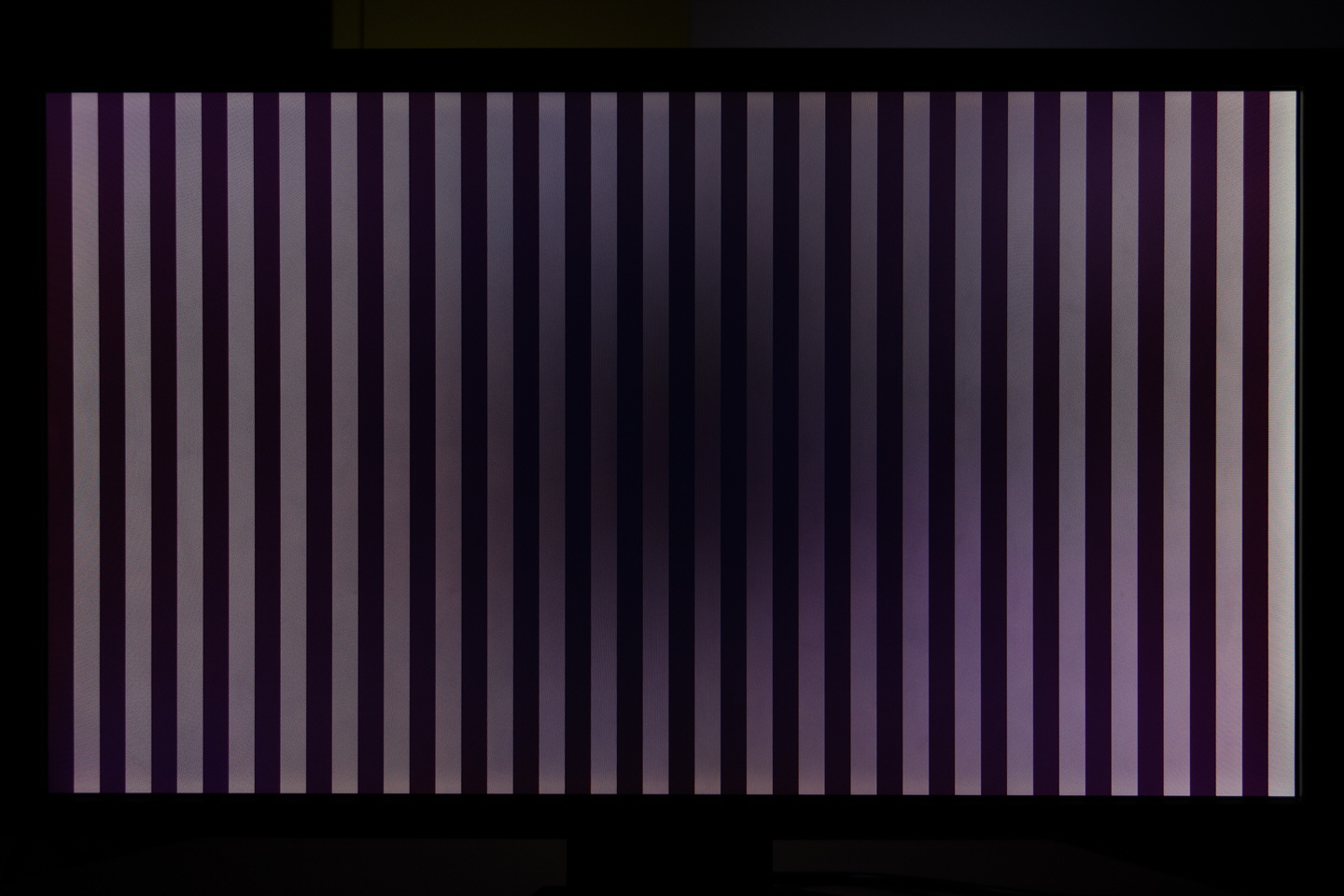Hi,
I think I'm not the only one looking for "dark black" but may be they are better monitors for black that 5 years ago ?
I'm running with a Dell U2414H and a UP2516D I find the former "ok" and the latter good. for my usage, (casual gaming , photo editing , art book design and finally home entertanement).
The only thing that I don't really like the amount of back light (black level if you prefer) when using them at night for browsing of watching video.
Micro led/ oled /mutiple layer / are not there yet (not really).
Is it worth it to go back to VA ? (regular VA, as I cant afford 512 local dimming one)
Or is the improvement not that great. I had a VA panel 15 years or so ago, I don't recall how it was.
I think I'm not the only one looking for "dark black" but may be they are better monitors for black that 5 years ago ?
I'm running with a Dell U2414H and a UP2516D I find the former "ok" and the latter good. for my usage, (casual gaming , photo editing , art book design and finally home entertanement).
The only thing that I don't really like the amount of back light (black level if you prefer) when using them at night for browsing of watching video.
Micro led/ oled /mutiple layer / are not there yet (not really).
Is it worth it to go back to VA ? (regular VA, as I cant afford 512 local dimming one)
Or is the improvement not that great. I had a VA panel 15 years or so ago, I don't recall how it was.
![[H]ard|Forum](/styles/hardforum/xenforo/logo_dark.png)
